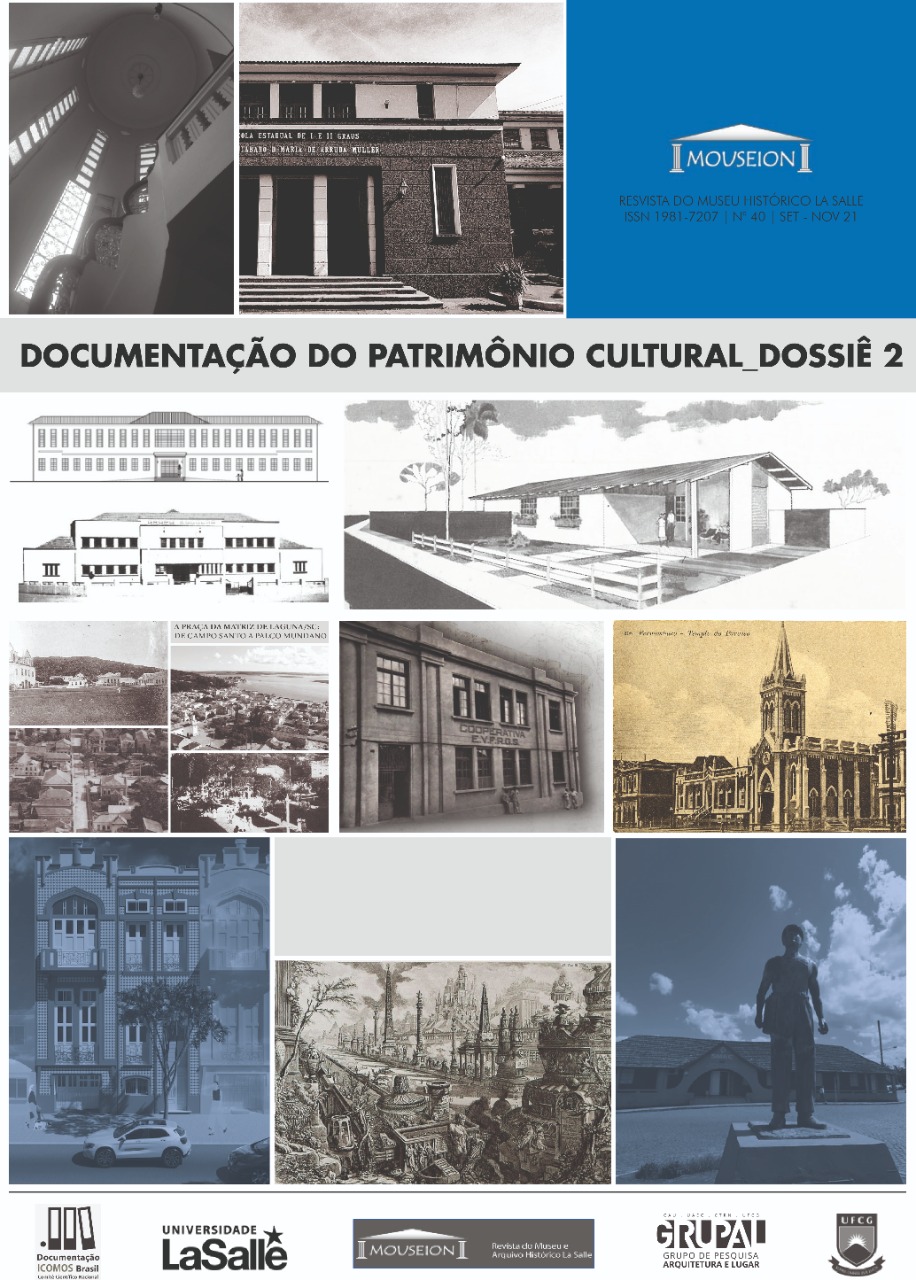Os meios utilizados por municípios gaúchos para documentação do seu patrimônio cultural edificado
DOI :
https://doi.org/10.18316/mouseion.v0i40.9318Mots-clés :
Patrimônio cultural, patrimônio cultural municipal, proteção do patrimônio localRésumé
O objetivo desse artigo é apresentar alguns dos instrumentos utilizados por municípios gaúchos para documentar e proteger seu patrimônio cultural, especificamente o patrimônio edificado. Isso tornou-se possível através da autonomia dada pela Constituição Federal de 1988 para os municípios complementarem leis e meios de proteção do seu patrimônio local. Com esse escopo, a pesquisa é embasada teoricamente nas legislações existentes e que foram pesquisadas no site www.leis municipais.com.br, pelas palavras chave plano diretor, tombamento, inventário, patrimônio histórico, patrimônio cultural. Sendo assim, dados oficiais foram utilizados para dar um embasamento quantitativo dos meios de proteção e depois foram analisados casos específicos de alguns municípios. Como resultado dos 497 municípios gaúchos, 255 municípios possuem Plano Diretor, apesar de somente 109 possuírem mais de vinte mil habitantes e, portanto, serem obrigados pelo estatuto da cidade a possuir Plano Diretor. Os municípios que possuem Lei de Proteção do Patrimônio são 118, e 46 possuem Conselho de Proteção ao Patrimônio. Somente 45 dos municípios do estado possuem bens tombados na esfera municipal, e poucos possuem bens inventariados pelo próprio município, ou usam poligonais ou zonas de proteção especial. É preciso que sejam incentivadas o registro e proteção de bens através de políticas públicas.
Téléchargements
Publié-e
Numéro
Rubrique
Licence

O Periódico Mouseion, Revista Eletrônica do Museu e Arquivo Histórico La Salle em http://www.revistas.unilasalle.edu.br/index.php/Mouseion foi licenciada com uma Licença Creative Commons - Atribuição - Uso Não Comercial 3.0 Não Adaptada.


